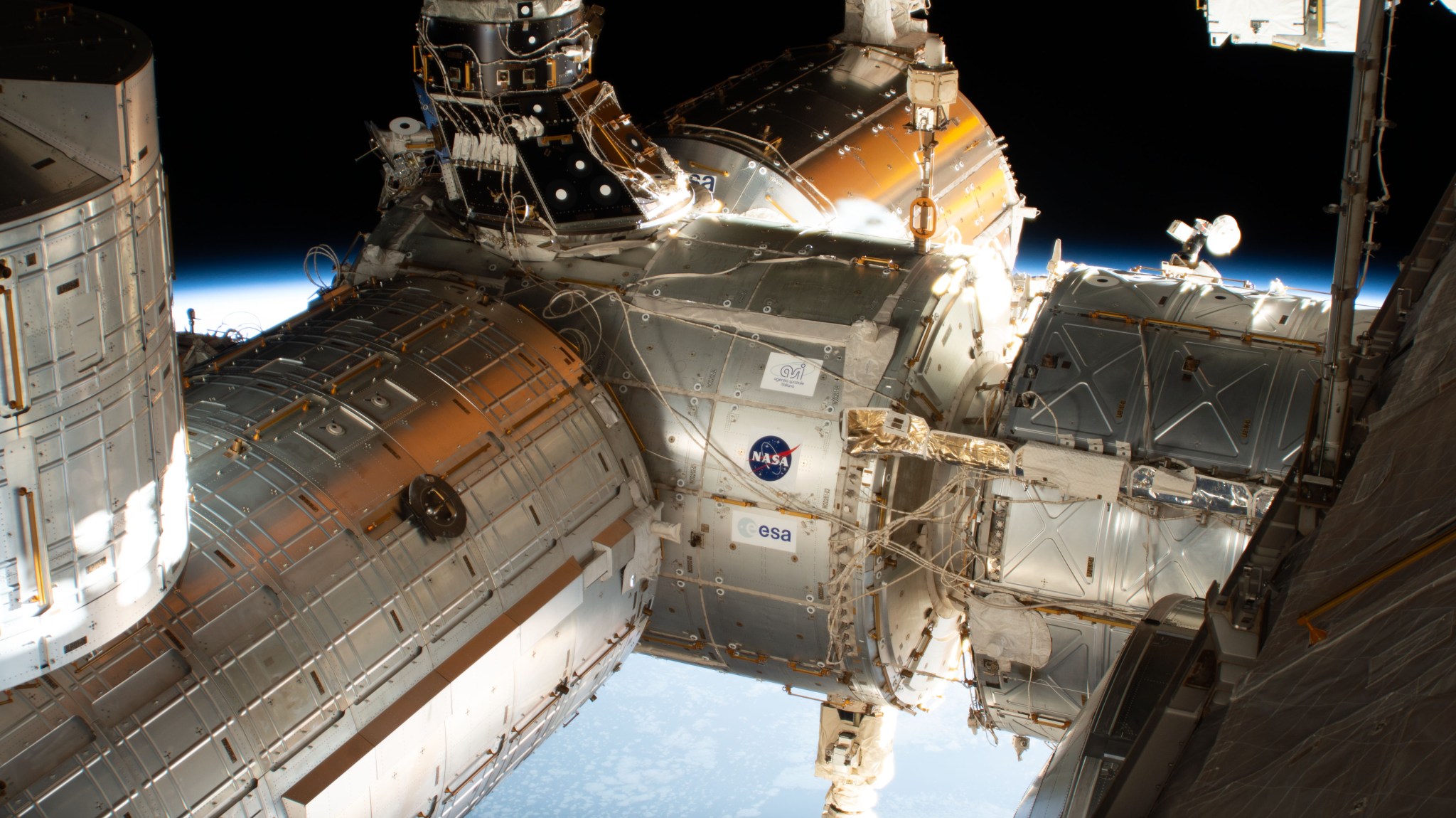Solicitation Number: NNH16ZCQ001K-CDISS
June 7, 2019 – Synopsis issued
June 21, 2019 – Solicitation Released
June 26, 2019 – Page updated with Industry Forum Information and other details
July 3, 2019 – Modification Posted, page updated with new schedule
August 13, 2019 – Modification Posted, page updated with new schedule and other details
January 27, 2020 – Selection Made
Selection Made
NASA has selected Axiom Space of Houston, TX to provide at least one habitable commercial module to be attached to the International Space Station as the agency continues to open the station for commercial use. This selection is a significant step toward enabling the development of independent commercial destinations that meet NASA’s long-term needs in low-Earth orbit, beyond the life of the space station, and continue to foster the growth of a robust low-Earth orbit economy.
NASA selected Axiom from proposals submitted in response to this solicitation. Learn more.
NASA has released Appendix I to the Next Space Technologies for Exploration Partnerships (NextSTEP-2) Broad Agency Announcement (BAA).
This appendix requests proposals from United States (U.S.) commercial entities to enter into a public-private partnership to develop and demonstrate commercial destination technologies and markets at the International Space Station (ISS) using the Node 2 forward port and associated ISS services.
The primary objectives of Appendix I to the NextSTEP-2 BAA are (1) to successfully develop commercial markets through demonstration of products and services in one or more habitable commercial elements attached to International Space Station (ISS) Node 2 forward port and (2) to transition to a long-term, sustainable, commercial, human spaceflight enterprise in LEO where NASA is one of many customers.
NASA anticipates awarding multiple single-award Indefinite Delivery, Indefinite Quantity (IDIQ) contracts from Appendix I with multiple phases executed by Task Orders. Through task orders, the government intends to purchase data deliverables and insight to support integration of the Commercial Segment into ISS and demonstration of commercial capabilities. All awardees will receive Task Order 1 for concept and business plan development. At the time of contract award, depending on the concept maturity and availability of funds, NASA may award Task Order 2 to begin the early design phase and mature business plans, leading to subsequent task orders and an eventual decision point for prioritization of use of the ISS port. Following a port prioritization decision, the awardee will complete Design, Development, Test, and Evaluation (DDT&E) and deliver the Commercial Element(s) to ISS in order to conduct a long-duration demonstration of commercial products and services ultimately leading to a self-sustaining Commercial Destination to serve both NASA and non-NASA needs. NASA currently envisions any hardware developed for this action will be fully owned and operated by the developer through completion of an industry partner/NASA spaceflight demonstration. The detailed requirements and additional information on the overall acquisition strategy will be contained in the forthcoming Appendix I solicitation.
An important part of NASA’s strategy is to stimulate the commercial space industry while leveraging those same commercial capabilities through partnerships and future contracts to deliver mission capabilities. A key component of the partnership model is that it provides an opportunity for NASA and industry to partner to develop capabilities that meet NASA human space exploration objectives to support more extensive human space flight missions while also supporting industry commercialization plans for expanding the frontiers of future opportunities in space.
Acquisition Milestone Schedule
- Industry Forum/Pre-proposal Virtual Conference: June 27, 2019
- NOI due: June 28, 2019
- Full Proposal Due Date: September 18, 2019
———————————————————————————–
Monitor this page for additional details and updates about the BAA.
Learn more about NASA’s NextSTEP public-private partnership model that seeks to stimulate the commercial space industry and help the agency explore deep space for the benefit of all.

























